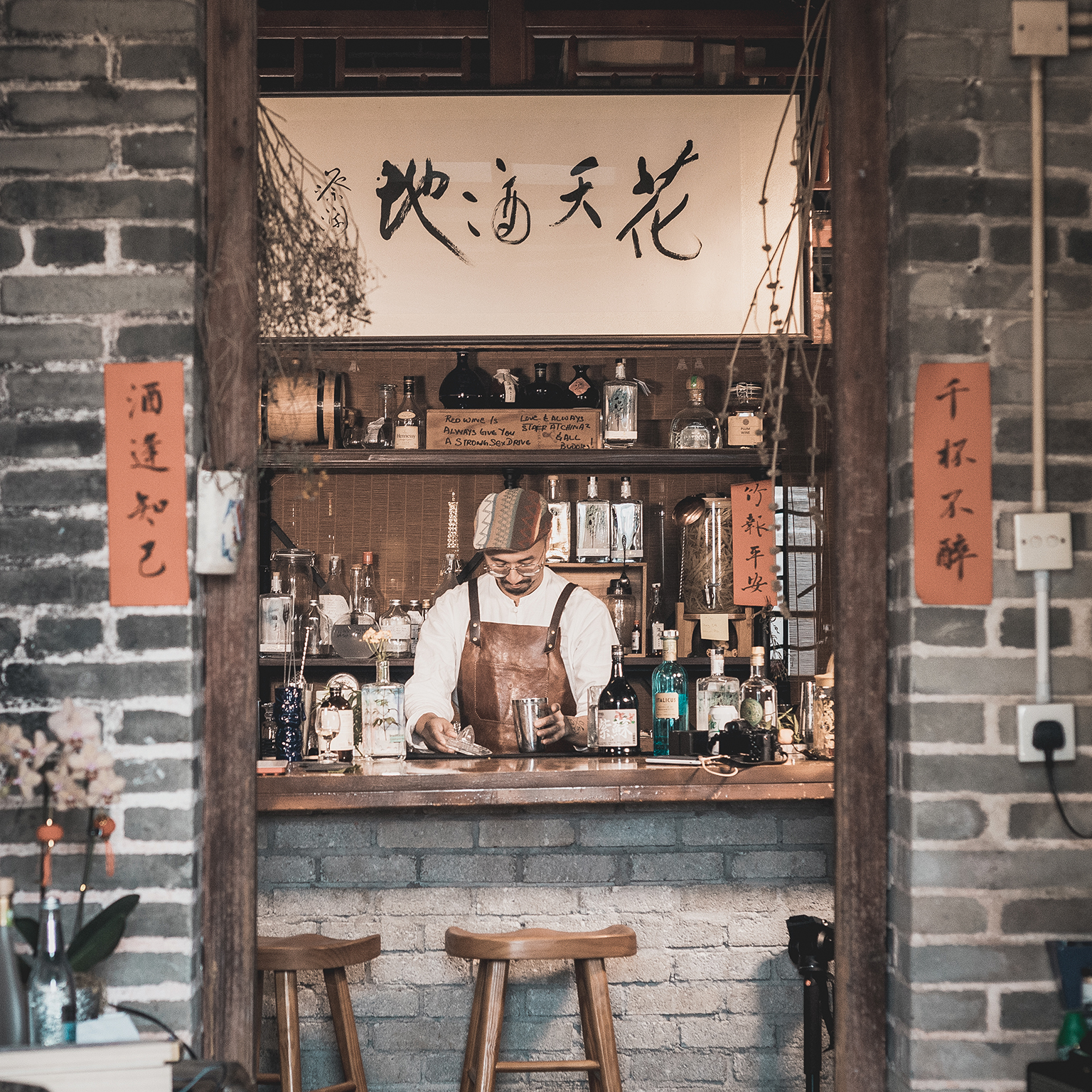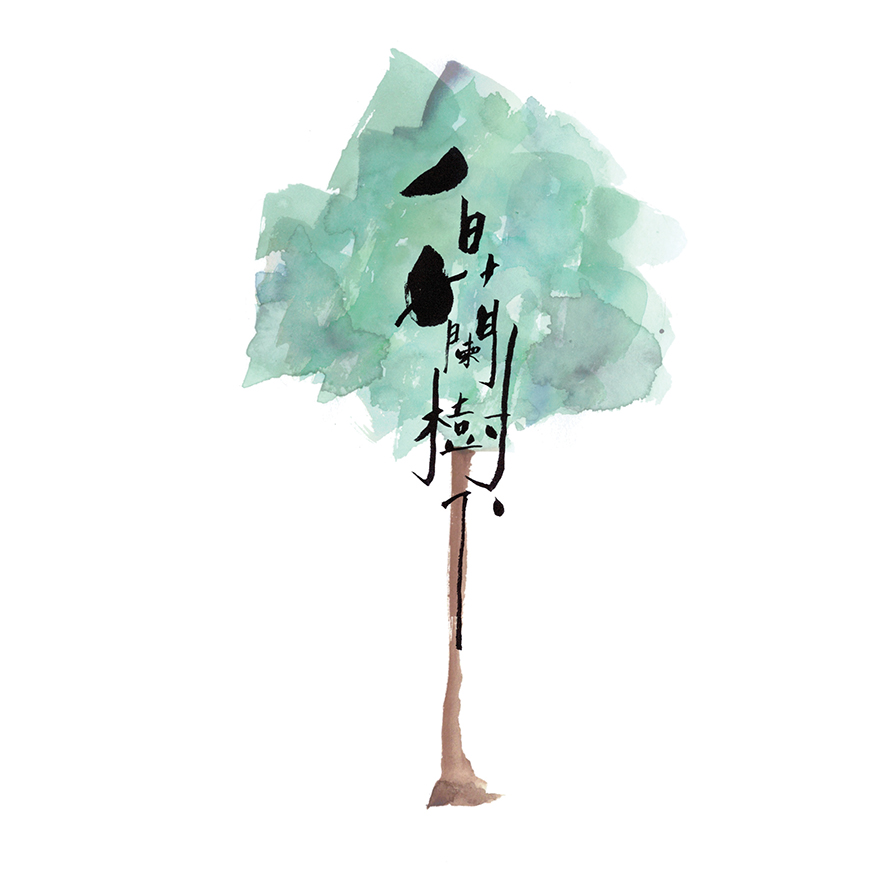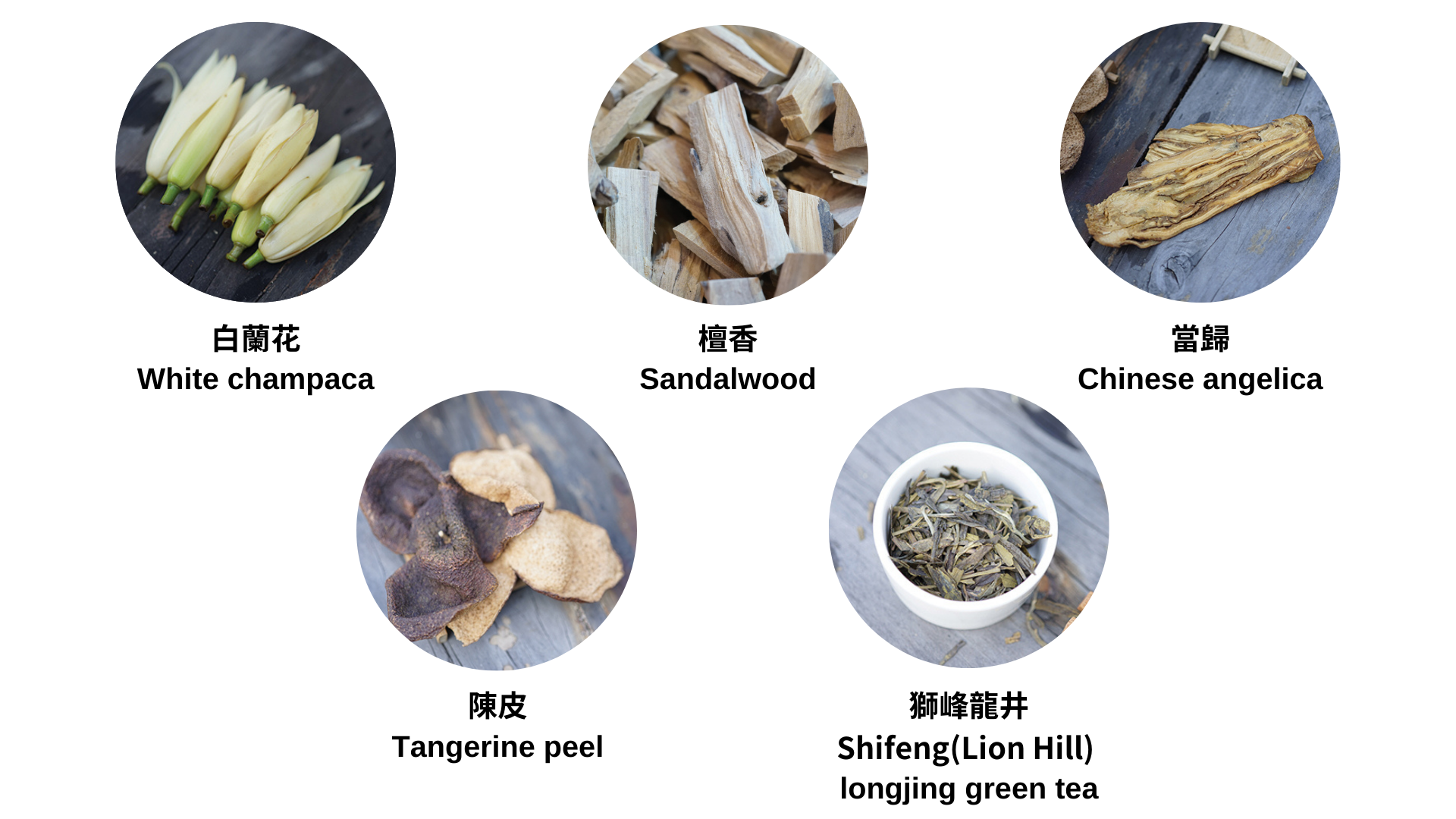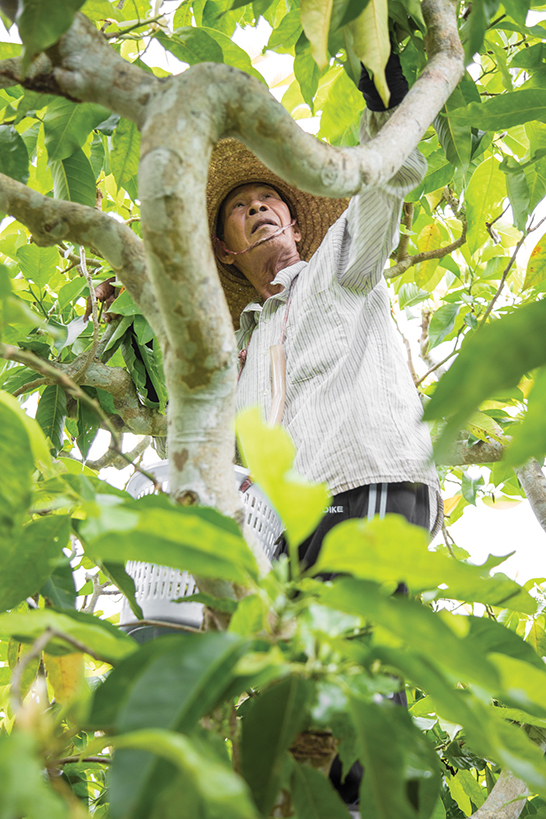12 August 2021
Aroma is the key to unlocking our memories and Perfume Trees Gin, the first gin created by Hongkongers, triggers our collective memory of the city. Launched in 2019 by Kit Cheung and Joseph Cheung, Perfume Trees Gin contains 13 botanicals, including five ingredients sourced from local farmers and traditional stores. Of these, white champaca, also known as white jade orchid tree, is the essence.
“I tried flowers like bauhinia, sweet osmanthus and roselle, but nothing brings to life the vision of old ladies selling flowers on Hong Kong streets like the white champaca,” says Kit. For Joseph, the flower recalls moments with his father: “My dad passed away when I was 10. The white champaca that he planted grew up with me and I think of him every time it blossoms.”
The Cheungs source white champaca from an 80-year-old flower farmer and Kit explains that its delicate aroma is the culmination of the farmer’s hard work. “White champaca has to be harvested between 3:00am and 4:00am to make the scent long-lasting,” he said.
Other local ingredients include shifeng (Lion Hill) longjing green tea from Ming Heung Tea Import & Export, an embodiment of Hong Kong tea culture; 15-year-old tangerine peel from Tung Cheong Ho, that evokes a familiar Canton taste; and sandalwood from Wing Lee Sandalwood.
“Hong Kong was truly a ‘Fragrant Harbour’ as its name suggests,” says Joseph. “It was once an entrepôt where spices and fragrant goods, including sandalwood, were shipped all around the world.”
Chinese angelica (rather than the common Norwegian angelica) is also used in the locally-inspired gin to lengthen the aftertaste, with a hint of Chinese liquorice. The pairing blends a unique aroma profile of Hong Kong.
Later this year, Perfume Trees Gin – along with other traditional local brands – will be brought to Central Market, the revitalised landmark with a history of more than 80 years.
“I tried flowers like bauhinia, sweet osmanthus and roselle, but nothing brings to life the vision of old ladies selling flowers on Hong Kong streets like the white champaca,” says Kit. For Joseph, the flower recalls moments with his father: “My dad passed away when I was 10. The white champaca that he planted grew up with me and I think of him every time it blossoms.”
The Cheungs source white champaca from an 80-year-old flower farmer and Kit explains that its delicate aroma is the culmination of the farmer’s hard work. “White champaca has to be harvested between 3:00am and 4:00am to make the scent long-lasting,” he said.
Other local ingredients include shifeng (Lion Hill) longjing green tea from Ming Heung Tea Import & Export, an embodiment of Hong Kong tea culture; 15-year-old tangerine peel from Tung Cheong Ho, that evokes a familiar Canton taste; and sandalwood from Wing Lee Sandalwood.
“Hong Kong was truly a ‘Fragrant Harbour’ as its name suggests,” says Joseph. “It was once an entrepôt where spices and fragrant goods, including sandalwood, were shipped all around the world.”
Chinese angelica (rather than the common Norwegian angelica) is also used in the locally-inspired gin to lengthen the aftertaste, with a hint of Chinese liquorice. The pairing blends a unique aroma profile of Hong Kong.
Later this year, Perfume Trees Gin – along with other traditional local brands – will be brought to Central Market, the revitalised landmark with a history of more than 80 years.



